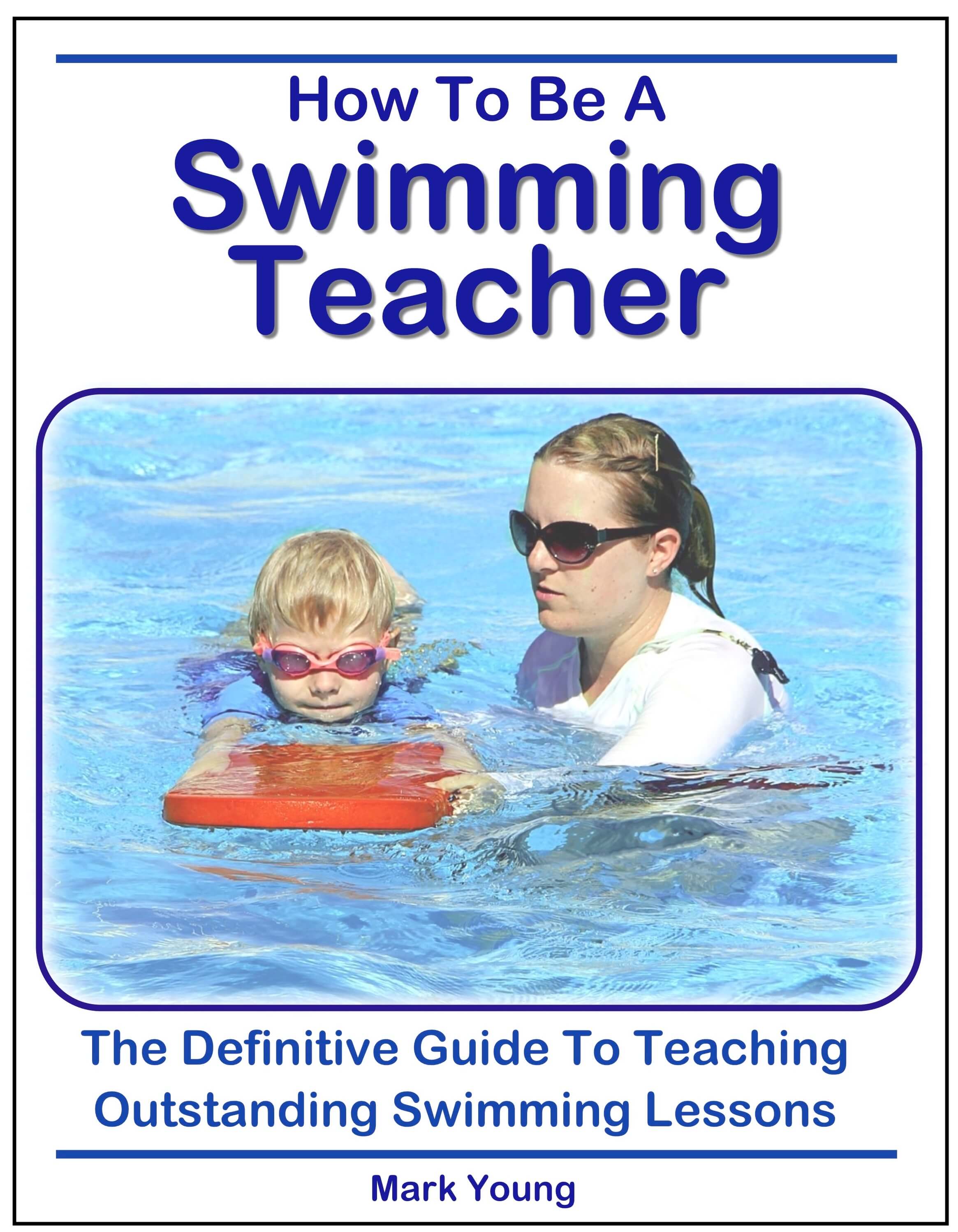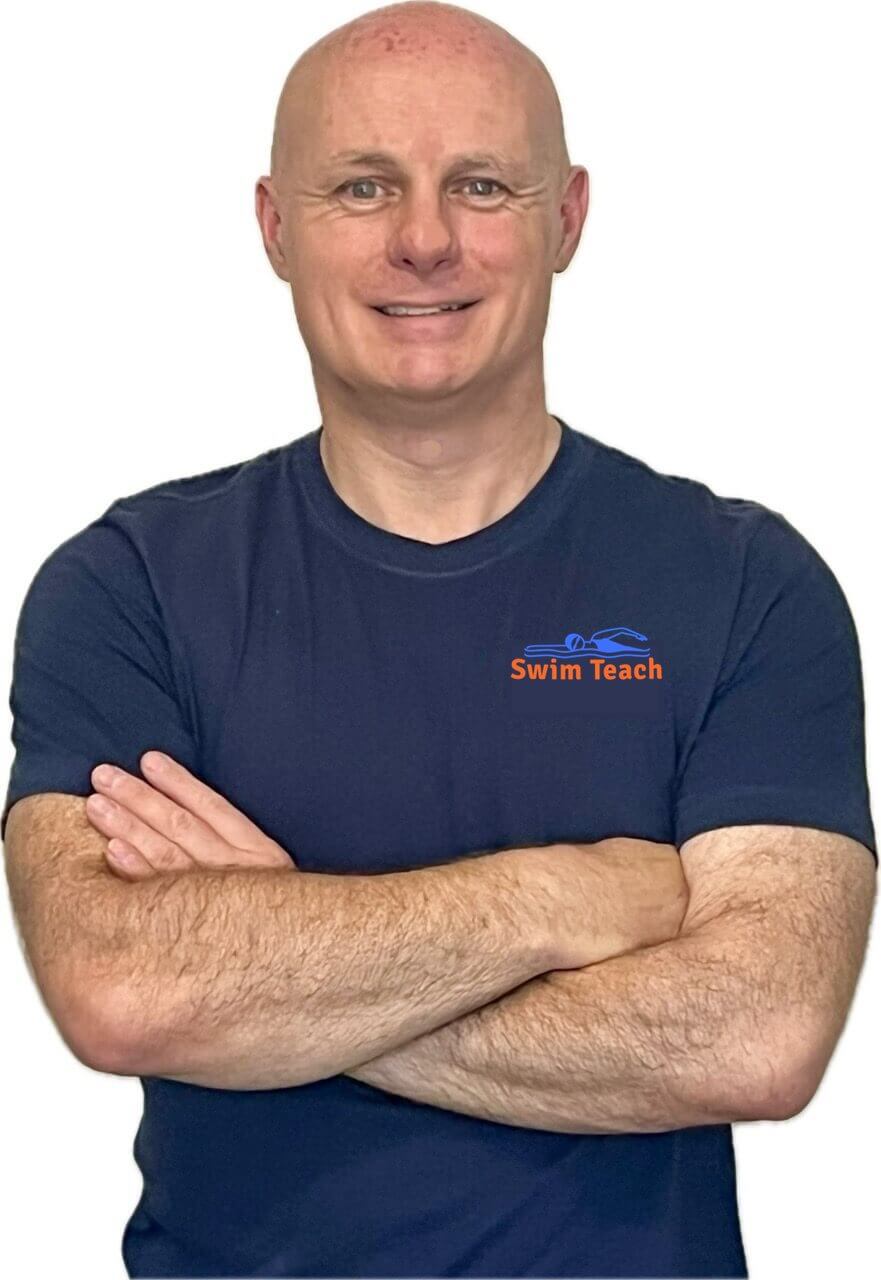- Swim Teach Home
- teaching tips
- How to Teach Swimming Lessons
- Teaching Kids How To Breathe When Swimming
Teaching Kids How To Breathe When Swimming
I have a problem knowing which is the best way of teaching kids how to breathe when swimming. I need to know what is the best way.
Do I teach bubble breath 1st then bi-lateral? At one pool I did training at, this is what they do. But at this pool I am at now there is no guidance on this so I am doing drills etc. but do not want to waste the child's time in learning.
You will be hard-pushed to find a black-and-white ABC guide to teaching kids how to breathe when swimming. Something that works for one child may not be so successful with another.
You are quite right to start with blowing bubbles but even that does not always work on every child, particularly very young kids. Some of them simply will not blow because they are too scared or have no clue as to exactly what you want them to do.
For very young children, pretending to blow out candles on their birthday cake is usually a winner as it is something they can associate with. If they do not want to blow bubbles, then blowing across the water's surface will do to start. You can then move on blowing small toys and floating objects along the water's surface.
You mention in your question that you are doing drills, which suggests to me that you are teaching some slightly older children that can already swim. Which drills you choose will depend on the swimming stroke being taught.
Children that can swim and understand the teaching points of a specific swimming drill will always benefit from performing it regardless of their ability to breathe.
Effective Steps To Work Through
To go from blowing bubbles to bi-lateral breathing there are many stages in between, and I guess that is what you are really asking me. Those stages are very much defined by the individual as they learn and progress at their own pace. If you want a basic outline, try the following:
- Blowing bubbles with just the mouth in the water, letting the bubbles tickle the nose
- Blowing bubbles with mouth and nose in the water
- Holding their breath and submerging mouth only, or mouth and nose
- Completely submerging the face (maybe wearing swim goggles if necessary), holding their breath or blowing bubbles
- Any of the above combined with practising a swimming stroke or drill, either with buoyancy aids or without depending on age and ability
Every aspect of swimming involves some kind of breathing technique. From simple blowing bubbles whilst swimming along to performing push and glides and star floats to diving down under the water to pick up an object. Every time one of these is performed, some kind of breathing technique is required.
Fun Is The Key
As a new teacher, it is nice to see you are conscious of wasting a pupil's time, but as long as the swimming lesson is fun, there will be no issues with ensuring they learn.
Make your swimming lessons fun in a constructive way by using toys, sinkers, and games.
Part of the lesson should be focusing on technique, and then the fun elements can be a welcome distraction from learning for the children. If they are carefully constructed they will be learning by default as the fun stuff involves all elements of swimming anyway and their strength and stamina will be enhanced in the process.
If you find a happy balance then you will become a popular and successful swimming teacher.
How To Be A Swimming Teacher - The Definitive Guide To Teaching Outstanding Swimming Lessons. With over 80 fully illustrated drills. Click here for an INSTANT PREVIEW.
Don't miss out! Click here to grab a copy of my book.
How to Hold a Swimming Float Correctly
I am wondering how to hold a swimming float correctly. My son is seven and has swimming lessons, which is my query. I have noticed whilst learning the front crawl arms and breathing techniques, he uses a kickboard. However, I wonder if he is holding it right.
While holding the board with one hand, he is holding it at the nearest edge, so the float tilts upwards, not aiding the body to be streamlined in the water or float. I wonder, should he not be cupping the float with his arm resting on the top of it?
Both ways of holding the float are correct, it just depends on which part of the stroke is being practised or which teaching point is being emphasised by your son’s swimming teacher.
If he holds the float on the nearest edge with one hand, then this promotes a correct body position with the arm stretched out in front as it would be if he were swimming the full stroke.
This grip on the float and position in the water enables the breathing action to be practised easily as it gives the head adequate space to turn.
If he holds the float with his arm over the top of it then the face has not enough space to be in the water fully (unless he has long arms).
However, with the arm on the float in that position, it is a relevant exercise for practising the basic arm action. It is particularly relevant for beginners or swimmers that need extra stability from the whole arm resting on the float.
You mention the body being streamlined in your question: neither of the above ways of holding the float promotes a streamlined position very well, as the float itself is a frontal resistance to the movement of the body through the water.
The float is merely a practice aid, and if the stroke part being practised is improved once your son swims the full stroke, then the float has done its job.
 How To Be A Swimming Teacher
How To Be A Swimming Teacher$19.99

I am a member of the Amazon Associates Program and I will earn a commission from qualifying purchases at no extra cost to you.



